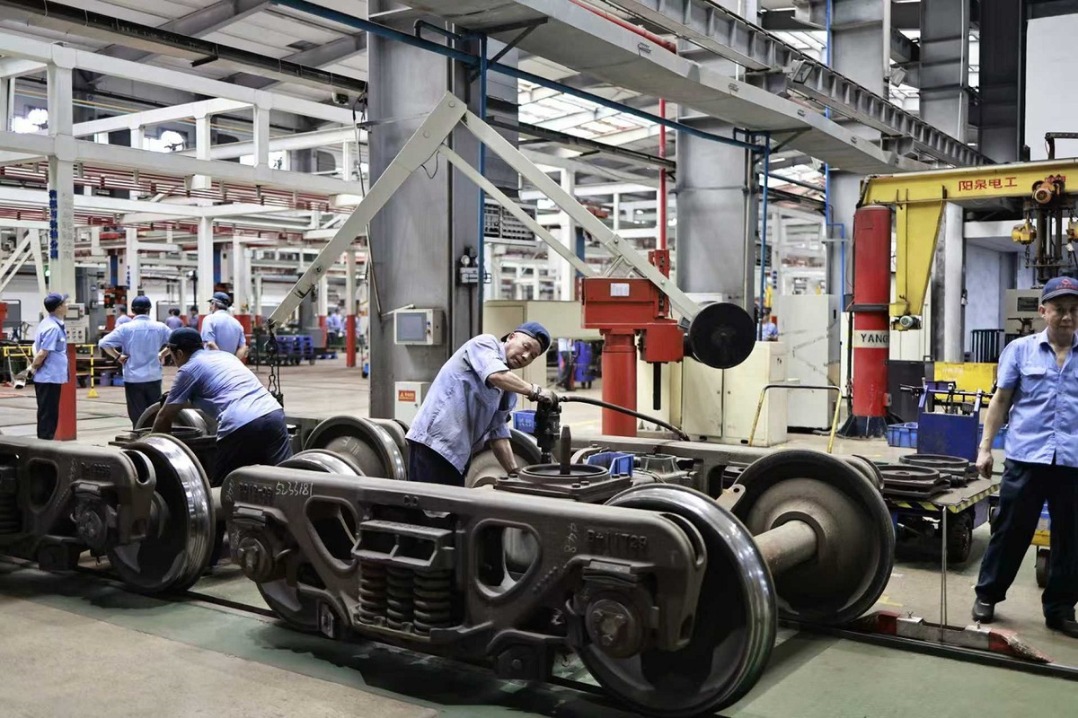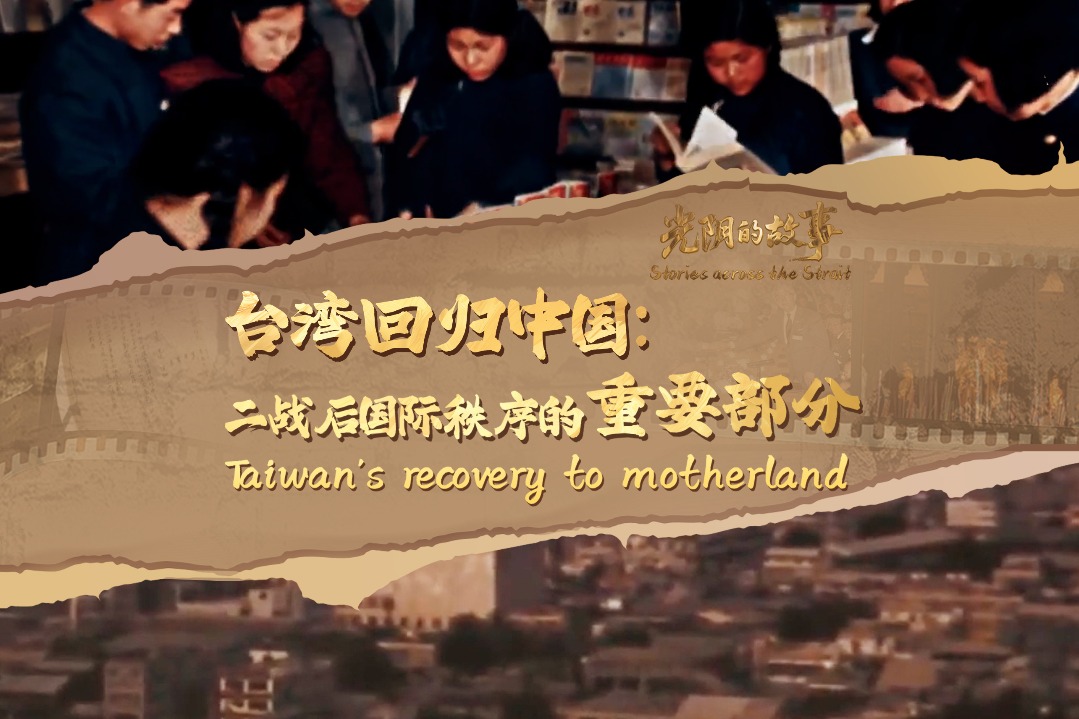China develops anti-coronavirus UVC sterilization device

BEIJING - A new UVC sterilization device developed by Chinese companies shows a 99.99 percent inactivation rate against novel coronavirus, Science and Technology Daily reported Wednesday.
The HGC-UVC sterilization device has passed the test of the Hubei Center for Disease Control and Prevention (CDC) and is among the first batch of UVC sterilization module products approved for novel coronavirus sterilization in the country, said the newspaper.
Ultraviolet light represents the frequency of light between 100 nanometers (nm) and 400 nm and cannot be seen with the naked eye. The germicidal UV light (100 nm to 280 nm), or UV-C, is effective in microbial control.
In the test, the HGC-UVC sterilization modules, with the effective band between 260 nm and 280 nm, showed a 99.99 percent inactivation rate against novel coronavirus after one of its modules had been working for 10 minutes, said a test report released by the Hubei CDC.
Compared with the traditional disinfection conducted by the mercury lamp, the new device has higher sterilization efficiency, lower energy consumption, and longer service life of 10,000-50,000 hours, said the report.
In addition, the device can also effectively kill pathogenic bacteria, including staphylococcus aureus, candida albicans, and coliform.
The sterilization modules, mainly comprising UVC LEDs, are co-developed by the HGC (Wuhan) Technology Co., Ltd and the Wuhan Industrial Institute For Optoelectronics.
- Asia's longest tyrannosaur femur fossil identified in East China
- Railway group expresses condolences and vows probe after accident kills 12
- Media center for victory anniversary events to open on Aug 27
- Rabbits and cavies in spotlight at Shanghai Pet Fair Asia
- Over 800m railway journeys made during China's 2025 summer travel rush
- Second round of recall votes targeting Kuomintang lawmakers fails





































